Introduction
Here is an exercise that will help you learn to shoot the jumper, the most effective shot in basketball. It is for all ages. However, boys and girls under 13 should use a smaller ball and the basket should be lower (8 ft. 6 in.). The exercise is in two parts, Getting Set and Shooting. There are three parts to getting set: the body stance, the ball/hand relationship and the ball/body relationship. The moment you are set, you are ready to shoot.
This skill is particularly difficult to describe in words, and takes much longer to describe than to execute! Just take your time and go through it step by step, creating your own mental picture. Each time you shoot, try and determine how closely your shot matches that mental picture.
Getting Set
The body stance - Stand 2 or 3 ft. directly in front of the basket. Assume a jumping stance. Your feet are shoulder width apart, and parallel to each other; one foot is slightly ahead of the other (you should learn to shoot with either foot forward). The knees are flexed. Although both feet are entirely in contact with the court, almost your entire body weight should be on the balls of the feet and distributed equally on both feet. Your shoulders should be square to the basket and slightly ahead of your hips, which should be directly over the mid point of your feet. Your head should be erect.
The ball-hand relationship -
Hold the ball in two hands, in front of you, close to the body, and just above waist level. The fingers and thumbs of both hands are pointing directly away from you; keep the elbows in. The hands should be on the top half of the ball; The complete inner surface of the hands should be in contact with the ball. The fingers and thumbs of each hand are spread comfortably. The distances separating the fingers and the thumbs should be the same. The forefingers should be parallel to each other. To hold the ball, push both hands towards its centre to create enough pressure to hold it.
To establish fingertip control, apply gentle, but firm pressure with the pads of your fingers, that is, the area between the tips of the fingers and thumbs and the first joint. Applying this pressure creates a paper thin air space along the fingers, thumbs, and palms, starting at the first joint and ending at the heel of the hand. Cock the wrists, making sure they are relaxed, so that you can easily cock and uncock them in a full range of motion. (To cock your wrists, bring the back of the hands towards the body. Do not lock your wrists!)
The ball-body relationship -
Now move the ball to the point above and in front of your head from which you will shoot. You must be able to see the basket under the ball. As you raise the ball, rotate your shooting hand so that it is directly behind and under the ball by the time it reaches shooting position. As you rotate the shooting hand, which controls the ball, the non-shooting hand slides over the ball, ending to the side and slightly under the ball. The non-shooting hand takes no part in the shot. Its job is to help hold and protect the ball until the moment the shooting action begins.
Hold the ball as high as possible. The higher you hold the ball, the taller you become. Ideally, there should be only a slight bend in the elbow of the shooting arm, particularly when you are close to the basket. Keep the ball directly in front of you. Looking from the side, one should see that the forearm is vertical, so that the wrist is directly over the elbow. From the front, the elbow of the shooting hand should be directly in front of or slightly inside the shoulder, never outside. Now you are in SET POSITION.
Shooting
Your shooting action begins the moment you are in set position. Shooting is a one-piece action in which you quickly jump and uncock the wrist. This quick jumping action generates most of the power for the shot. The feet barely leave the floor. As the hand comes forward as the wrist is uncocked, the ball immediately begins to rise up on the fingertips. Quick wrist action and fingertip control give a crisp back spin to the ball. For maximum control of the ball, it should come off the tips of the forefinger and middle finger. To transfer power from the legs to the ball, release the ball just as, or just before, you complete your jumping action. Make sure the ball leaves the fingertips before the arm straightens in follow through. As the shooting arm straightens in follow through, the wrist should end up only slightly ahead of the elbow, which should not be tightly locked. The hand will have completed its full range of motion from being cocked back to being crisply snapped forward. Throughout the entire shooting action, keep your eyes focussed on a spot on the back of the rim directly opposite you; stay relaxed so that all the joints, particularly the wrist of the shooting hand, move very easily.
The farther you are from the basket, the more power you need. To get more power, increase the flex or bend in the knees. If necessary, you can lower the shooting position of the ball, but never so low that you cannot see the basket from under the ball. When you get to a distance from the basket at which you begin to force the shot, you have reached the limit of your shooting range.
When shooting, you can make yourself taller by jumping higher. However, in doing so, you will not be able to get as much power from your legs. So, you should jump high only when you are fairly close to the basket. Again, it is very important that you release the ball as or just before you reach the peak of your jump. Falling or fading away as you shoot will result in a great loss of power. You should not attempt learning the fade-away until you have mastered the basic jump shot. Usually only gifted athletes are able to become proficient at this shot.
Each time you shoot a free throw, you are practising the basic shot. The only difference between the basic jump shot and most other shots in basketball is footwork. For example, how do you stop and get set after receiving a pass on the run or after ending a drive? These situations will be topics for future tips.
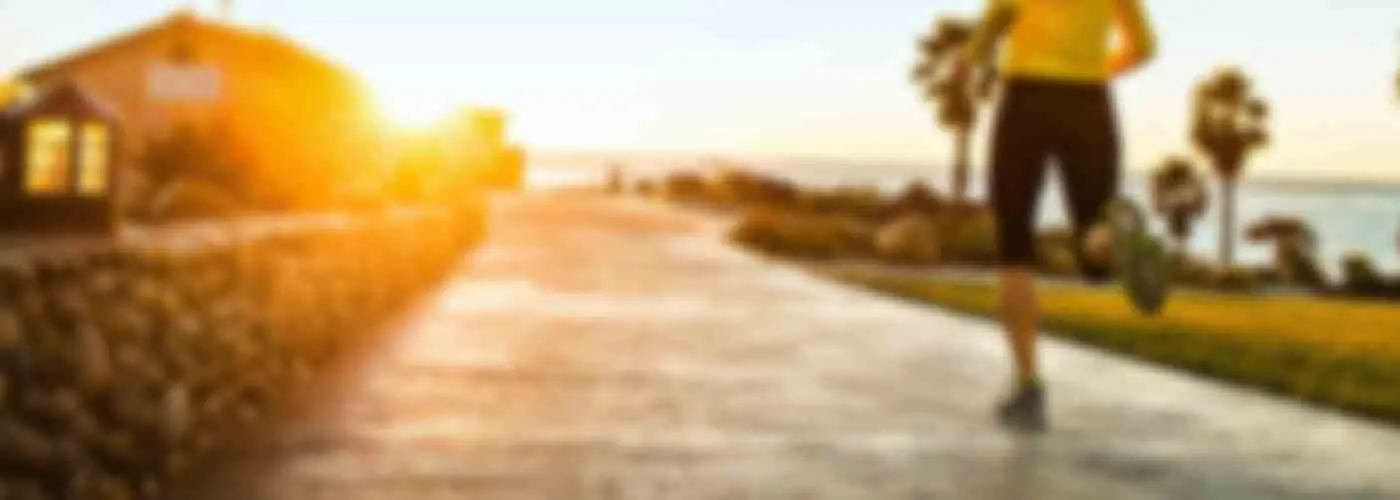

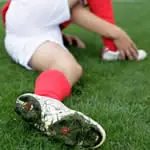

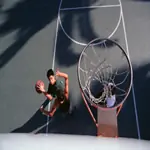
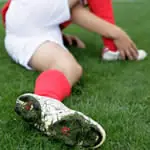
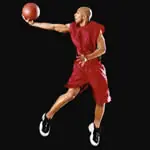
Discuss This Article